Cottage has long ceased to be a place which the destination is only the cultivation of fruits and vegetables for winter supplies. Now the suburban area is perceived more as a place of rest after working days. Most of country cottages have well-developed landscape design, which perfectly match the various elements, chief among which is the lighting.
Content
The role of lighting in the area
in the suburban area of \u200b\u200blighting has several functions:
- Decorative. Various lamps, spotlights and fixtures, highlighting the different parts of the garden or design elements can create a beautiful overall picture, which will be pleasing to the eye, not only the owners of the site, but also their neighbors and guests.
- Light. Naturally, walking or spending time on a plot in the pitch darkness - the lesson is not pleasant, so the main sectors of the site should be highlighted.
- Security. Especially important area coverage during the lack of owners. First, the criminals are hardly gaining courage to climb on the illuminated territory, and secondly, the neighbors, at the request of the owners, will be easier to follow him.
It is necessary to approach the organization of lighting the household plot very weighted, because beauty and illumination is not cheap and in terms of installation, and in terms of electricity fees. That is why you need to find the "golden middle". How to properly organize lighting on the plot and what better to choose the lamps for this - hereinafter.
Types of lamps for cottages
Two types of street lighting lamps are used to organize the lighting of the indention.
- Lamps of scattered light. This type of lighting appliances is designed for non-reformed light. These include various decorative lights that do not have a reflector.
- Searchlights - sources of directional light, they apply if it is necessary to highlight a specific point.
There are several lamp classifications for outdoor lighting. However, they are most often separated by the type of lamp, which is the source of light:
- Halogen lamps. The principle of their action lies in the glow of certain halogen substances, such as iodine, bromine, fluorine, when passing through them. Compared to a conventional incandescent lamp, halogen light sources have a better light output and a long service life. Low sensitivity to voltage drops makes these lamps with one of the popular sources both in spotlights and in lamps of scattered light.
- Sodium lamps for street lighting lamps. Almost no different from the previous ones. The only difference is that the glow in them give sodium pairs. Light formed by such a lantern, warm yellow, which allows them to use them when creating various light effects. One of the greatest advantages of sodium lamps is the service life, which exceeds 30 thousand hours.
- Street lighting by LED lamps. Such devices are the most progressive light source. They are perfectly suitable for installation in rooms and for street lighting. The advantage of such lamps is their energy efficiency. With the same amount of light as the usual incandescent lamp, the LED lamp consumes almost 8 times less than energy. They behave perfectly in extreme conditions, are not afraid of voltage drops. The service life is more than 40 thousand hours. The disadvantage of such lamps is still their price, however, every year it decreases.
Autonomous lamps for giving
Recently, lamps that work from the energy of the Sun are increasingly used to illuminate country sites. The popularity of such devices increases in those country villages, where there are electricity interruptions, or there is no such thing at all. On the feasibility of using autonomous luminaires, if electricity is shipped smoothly, there is still no one-minded opinion.
Like all other lights for lighting, autonomous devices have their own strengths and weaknesses. The benefits of autonomous luminaires can be attributed to:
- Reducing the cost of installing the lighting system. To install such a system, no wires are required, installation of automata and an increase in power input from the power supply. To mount the autonomous lamp, it is enough to consolidate it in the required place.
- Mobility. The lighting system collected from autonomous luminaires is easy to dismantle and transfer to another place where it will be necessary. If the cottage is used only in the summer, autonomous lamps can be dismantled and left for temporary storage. With any breakdown, the replacement of street lighting lamps will not require special efforts.
- Small electricity consumption. As a rule, autonomous luminaires are equipped with energy-saving LED lamps, which differ in their light output. The battery charge from the solar panel when using LEDs is quite enough for the entire night of the work of the energy-saving lamp of street lighting.
- Automatic work. Most models of autonomous luminaires are equipped with a photoyele, which turns on it with the onset of darkness and turns off with the dawn.
- Stability to climatic conditions. Autonomous luminaires work perfectly in the temperature range from -10 ° C to + 50 ° C and even in conditions of rain.
From the disadvantages of the use of autonomous lighting sources, you can allocate:
- The relatively high cost of the lanterns. Due to the use of LED lamps in them, as well as nickel-cadmium batteries, the price of such lamps can reach up to 40 dollars. The more technology lantern, the cost above. They can additionally be equipped with photorel or motion sensors.
- Lighting devices on solar panels should be installed in well-lit places so that the sun's rays fall on the surface of the photoelectric panel at least 6 hours. Otherwise, the bastival of the battery will reduce its work time.
- Fear of low temperatures. Accumulators of autonomous luminaires are quickly discharged and come into disrepair with long operation in low temperatures. Therefore, with protracted and frosty winter, their use is not entirely justified.
- The need to dispose. As the batteries fail, they can not be easily thrown away. Heavy metals contained in them can pollute soil and water, so they must be passed to special reception items for disposal.
How to choose an autonomous lamp for giving
When choosing an autonomous luminaire, it is necessary to pay attention to the capacity of the battery, the lamp power, and light statement. It is not worth buying cheap models - the service life is short, and the light is distinguished by tuskiness. For the normal operation of the lamp with a 3W power lamp, it is necessary that the solar battery gives the power of about 10 W, and the battery had a capacity of at least 7-8 a / h. An excellent choice will be lamps that are equipped with photoyela. In this case, with clear weather, it will automatically turn off, without spending the battery charge. Buying such a device must be prepared for the fact that you will have to bear the cost of replacing batteries. A good battery calculated 10 thousand cycles "charge-discharge", after which its container drops.
Installation of street lighting lamps in the country
Before starting work on the installation of lighting in the country, it is necessary to draw up a detailed plan for accommodating lighting devices. First of all, you need to decide which zones of the household plot will be covered.
Be sure to provide for the backlight of the porch at home and wicket. For this, the searchlight with the motion sensor is very well. With a person's approach to the gate, the sensor will include the lighting, thanks to which you can see who exactly is on the other side of the fence. In a pair with a lamp, you can connect the intercom camera. Support for the lamp can be the house itself, namely, its roof or walls.
If the street toilet is installed on the cottage, then you must highlight the path to it. The switch to it should be in the house. Going out of it, a person turns on the light, returning - turns off. Be sure to highlight the place of the parking lot and the entrance gate. This will help park in the dark. To install the lanterns, you can use existing supports, it will significantly save funds. If there are no - there will have to install the lamp of street lighting on the pillar. You can buy them or make yourself, if there is an appropriate material and welding skills.
Poles are installed on a specially prepared foundation. For its device, a hole is digging a depth of 0.5 m. It is covered with a layer of sand and tamper. Then form a formwork, inside which is placed on a metal-plastic tube, the ends of which should go beyond the formwork: the bottom side, the top top. This channel will serve to serve a wire for connecting the lantern.
The formwork is poured concrete. The solution is prepared on the basis of cement-sand mixture in a 1: 3 ratio. After drying the solution, the foundation is aligned. The pillar is installed on anchor bolts.
The cable laying is carried out into the ditch. Its depth must be at least 0.7 m, and the distance to the nearest building is at least 0.5 m. When laying the wire in the ditch, it must be placed in a metalwork. All connections must be performed only with terminals, wire twists are not allowed. When the cable is selected, the preference is better to give the wire with double insulation. The wire section should be sufficient. It is necessary to calculate the current consumed by all lighting devices and add 25%.
All wiring systems should be collected on the panel in which the machine will be installed for shutdown. The transition current of the machine must be less than the current to which the wiring is calculated. In this case, even with a short closure, the likelihood of its ignition will be minimal.

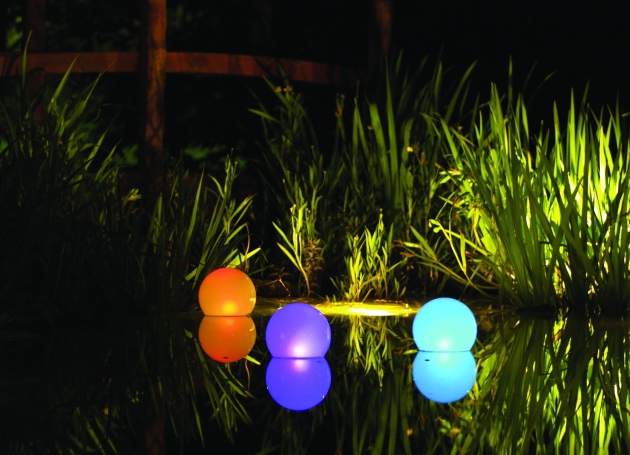
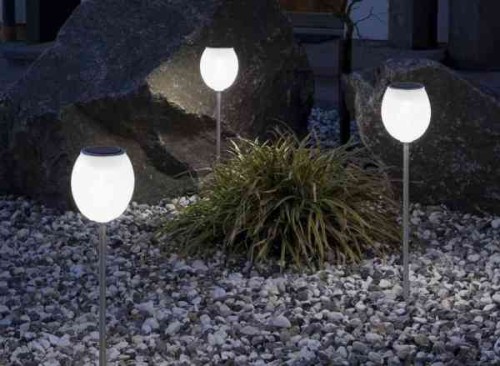
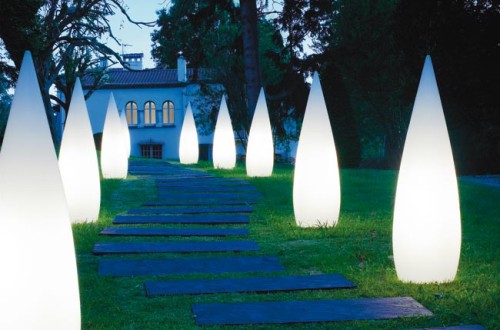
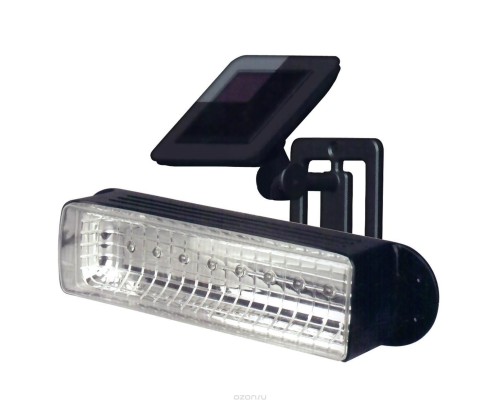
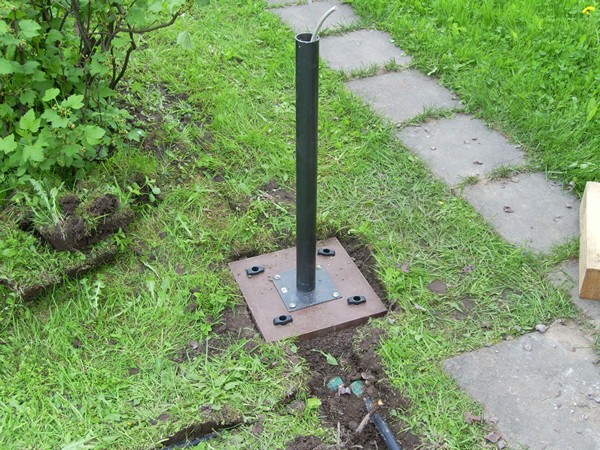

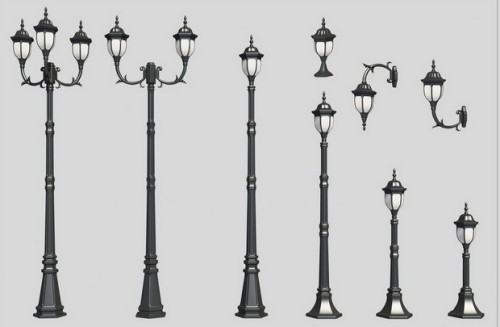
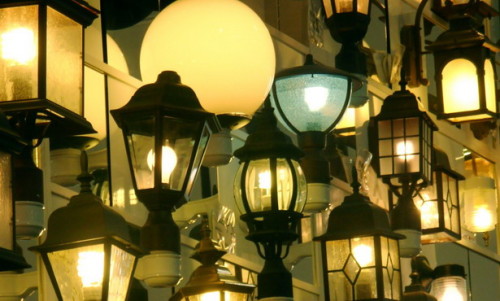
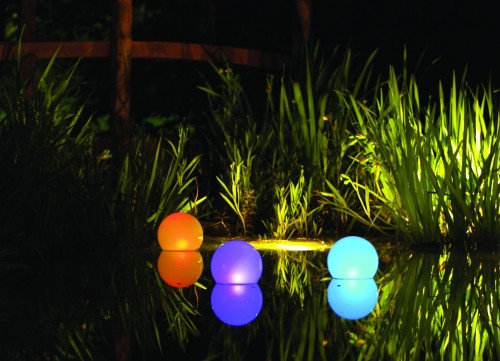












 Start a discussion ...
Start a discussion ...